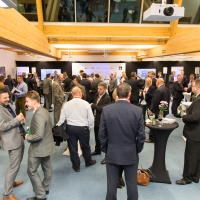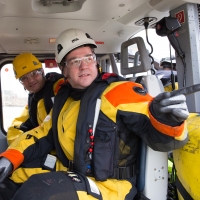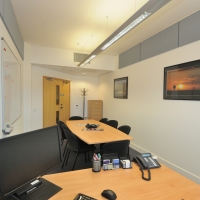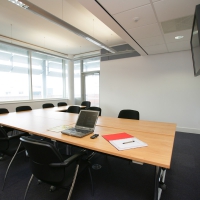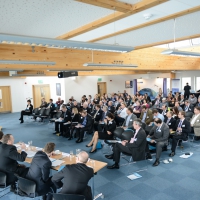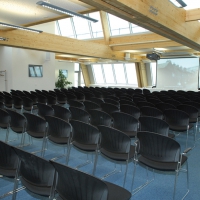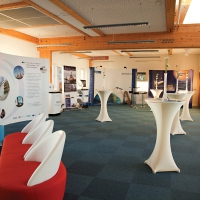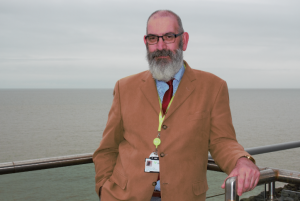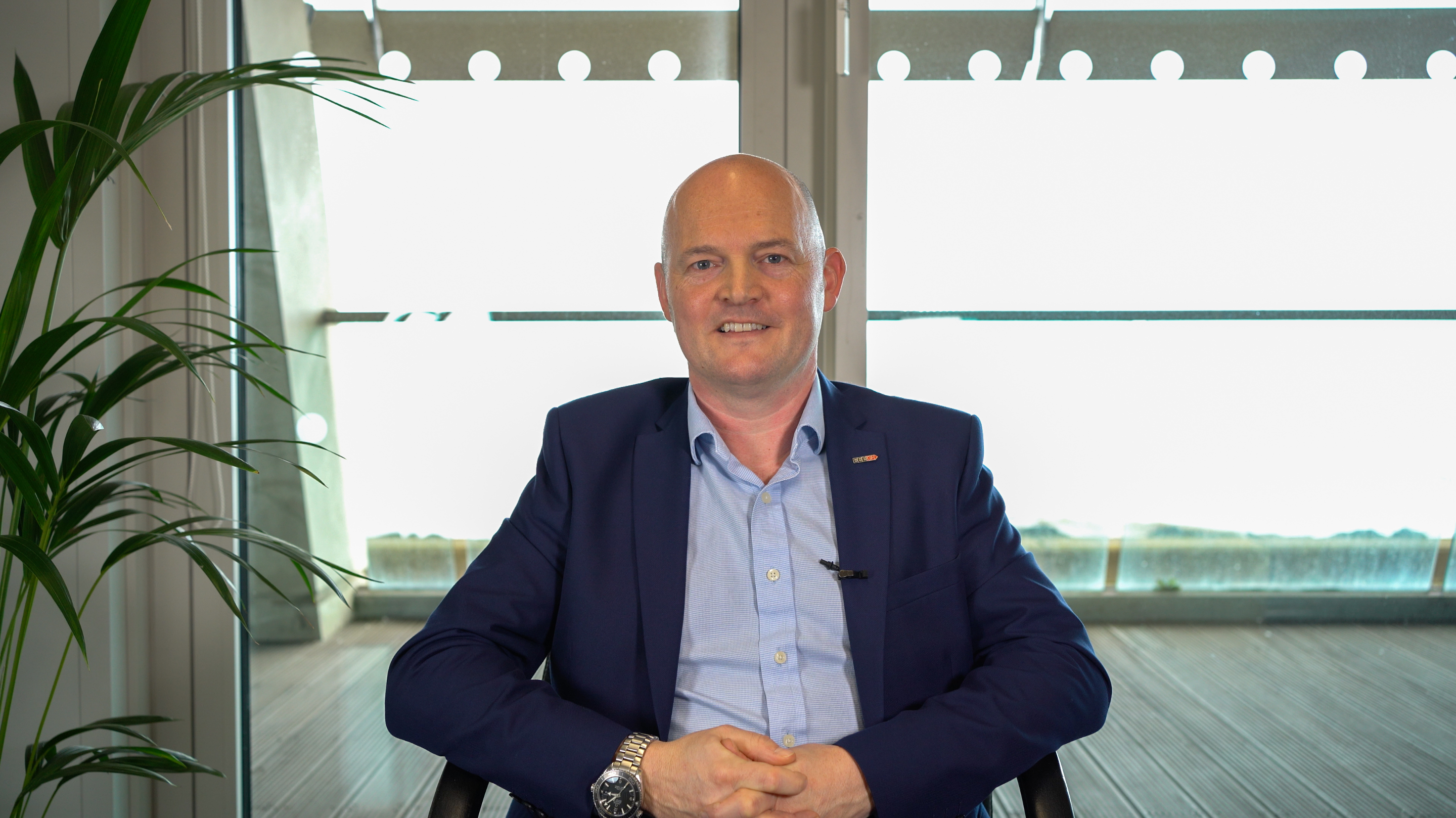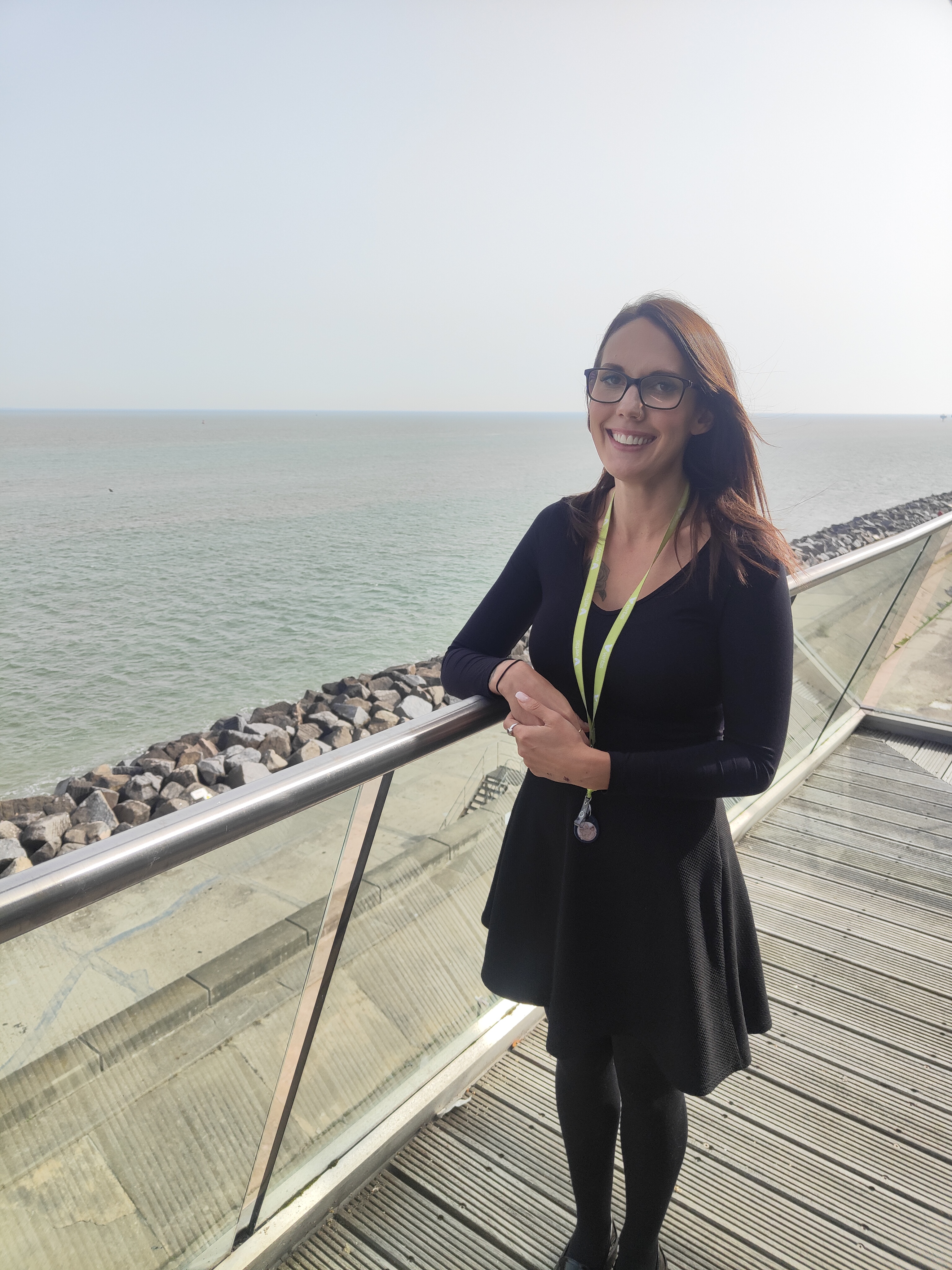The Energy Ministers of the nine North Seas countries have reaffirmed their ambition to transform the region into “Europe’s green power plant” at the North Seas Energy Cooperation (NSEC) ministerial meeting in Odense, Denmark.
They gave clear recommendations to the new EU Commission on how best to support that ambition, notably on the need to further strengthen Europe’s wind energy supply chain.
They also highlighted the necessity of getting hybrid offshore wind farms moving by defining a cost-sharing formula as soon as possible and creating a new dedicated offshore financing facility.
They also highlighted the importance of involving the UK fully in all of this.
In a joint NSEC declaration, the Energy Ministers of Belgium, Denmark, France, Germany, Ireland, Luxembourg, the Netherlands and Norway today identified six key areas of collaboration, including the competitiveness of Europe’s offshore wind supply chain and the need to reinvent offshore wind financing.
Trade body WindEurope said the region needs to rethink its approach to offshore wind planning and that with the large offshore wind volumes to be installed in the North Seas over the next years, national supply chain planning will not suffice.
Investments in new and expanded factories require international cooperation and coordination at sea-basin level, it said.
The industry body said strong European supply chain is a prerequisite for the further build-out of offshore wind.
“It’s good that the that EU supports that now – with tighter pre-qualification criteria on cybersecurity, responsible business conduct and the ability to deliver on projects enshrined in law.,” said WindEurope.
The NSEC recommendations call for a “digital transparency tool” that provides visibility for the entire wind energy value chain and this should serve as an overview of auction schedules, manufacturing capacities, equipment requirements and port capacities across the North Seas countries.
Ultimately, it is envisaged to cover all of Europe, including the UK and Norway. Generally the NSEC recommendations call for “a more effective and constructive cooperation between the UK and NSEC.”
WindEurope said supply chain bottlenecks remain, especially with regards to the availability of offshore wind installation and service vessels, port infrastructure, the expansion and reinforcement of onshore grid connections and the availability of skilled workers.
But the European offshore wind supply chain is ramping up, it added, and by the end of 2025 Europe will be able to manufacture 9.5GW of offshore wind turbines a year.
The industry body said European companies are investing at least €10bn to build new factories and expand existing ones – for everything from wind turbines to foundations, cables and grid equipment.
The continent must continue to facilitate access to capital, enable a level playing field with non-European competitors, boost the grid buildout – and the European supply chain will deliver, it added.
With the European Wind Power Package and the EU Grids Action Plan, the European Commission has taken a series of significant steps to back investments in the wind industry and its supporting infrastructure. The European Investment Bank (EIB) has stepped up to support Europe’s wind industry with crucial counter-guarantees, said WindEurope.
“But additional steps at regional level are needed to facilitate investments – not least in hybrid offshore wind farms which connect to two or more countries, energy islands and meshed grids,” the group added.
The NSEC recommendations call for a new approach to offshore financing and preliminary discussions on establishing an “offshore regional facility” to unlock financing at sea-basin level have started.
The facility could support funding of meshed grid infrastructure and hybrid offshore projects and help overcome persisting questions on cost-, risk- and benefit sharing between the actors involved.
WindEurope said: “Europe needs to set the regulatory framework and define a cost-sharing formula for hybrid offshore wind projects asap.
“Hybrid projects are the future of offshore wind in the North Seas and the focus must now be on getting the first projects built.”
WindEurope chief executive Giles Dickson (pictured) added: “Well done to the North Seas Energy Ministers for identifying exactly what needs to happen to increase momentum on offshore wind and for spelling out clearly what the EU needs to do to on this over its new five-year mandate.”
Source: reNews


